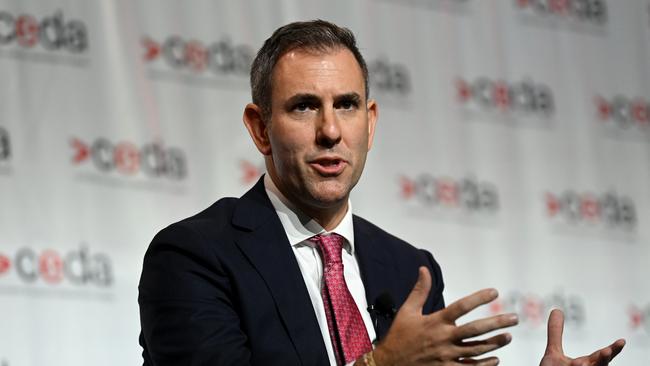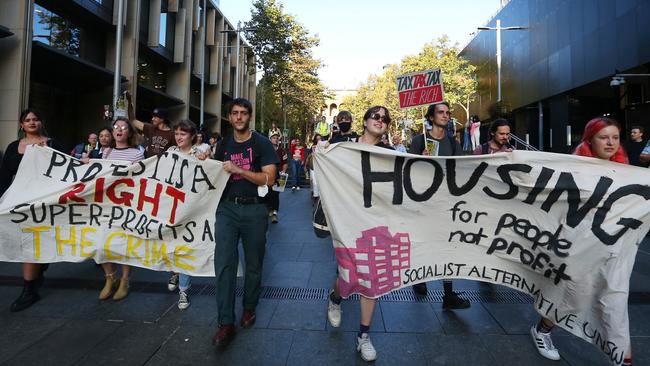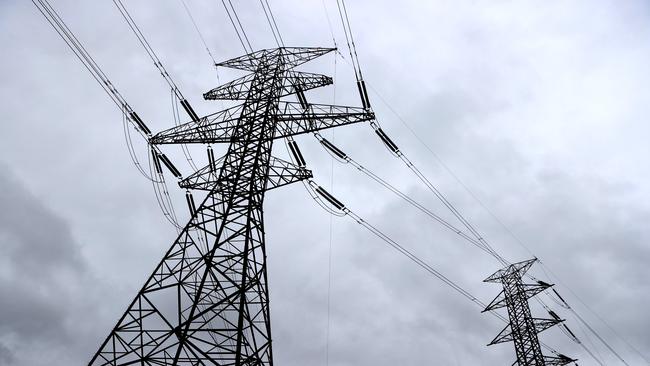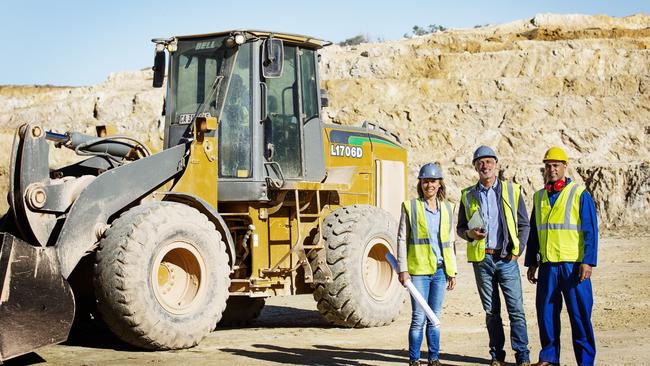
And in Australia, Liberal Party strategists say those suffering in the mortgage belt swung to the ALP and swept the Coalition out of office.
With voters behind them, prepare for inflation boosting union pressure for big wage rises.
Australians should prepare for a different set of economic scenarios to those often assumed in our share and debt markets.
Over the weekend at the Australian Davos Connection Leadership conference in Brisbane, I listened to some of Australia’s top government, business, investment and political people set out future scenarios.
We need to start with the May federal budget where it is clear the government is dealing with a level of inflation that is now more entrenched than had been expected in the 2022 budget.

Treasury is calculating on a “sugar hit” as a result of the high prices for iron ore, coal and gas plus good agricultural returns in areas outside the floods.
In addition migration to Australia is rising much faster than had been expected – although it has not reached the pre-Covid peaks – which will add to looming retrenchments in relieving Australia’s labour shortages.
Treasury will likely forecast a big fall in commodity prices in 2024-25 and 2025-26 and Treasurer Jim Chalmers will use this scenario to do his best to curb big-spending ministers. But the ALP government will also understand the voter message from the NSW mortgage belt.
Six months ago few expected the absence of significant deficits in 2022-23 and 2023-24.
In the coming years, there will be an unprecedented level of spending required from both the private and government sectors.
The publicity in defence spending naturally concentrates on the nuclear submarines, but defence representatives explained to the ADC conference that regional tensions will also require additional spending, including increasing the effective size of the army, re-examining equipment priorities and harnessing Australia technology in the entrepreneurial, corporate and university sectors to drive new defence weaponry.

Already, international warfare is taking place via cyberattacks and our military is moving deeper into the cyber field in both defensive and potentially offensive manoeuvres. Artificial intelligence will be vital.
At the same time, reserve capacity is being considered in defence along the lines of the old citizen military forces.
Young volunteers are also likely to be mustered for fighting fire, flood and other disasters, freeing personnel and creating an effective increase in defence readiness.
The days of defence taking only two per cent of GDP are over.
Future budget defence expenditure burdens will be large.
Then comes the massive outlays required in health disabilities and education, but the biggest outlay will be the enormous electrification plans for solar, wind and particularly transmission lines.
Some of these projects will be funded by government, but most will require private capital and worthwhile returns will be required. Power costs will rise.
There is also set to be a boom in mining development led by nickel copper and lithium. Whereas in iron ore and other minerals we simply sold the ore and concentrates, it now makes sense to undertake much more processing in Australia requiring further vast amounts of capital.

And there are strong demands for community housing, which will be which will be boosted by the migration boost.
Superannuation funds were shocked when Assistant Treasurer Stephen Jones described the money they manage on behalf of Australians as “honey” to be used in the government “hive”. At the ADC retreat, super funds made it clear that they will want good returns which, of course, lifts the costs. Their duty is to their members, not government agendas.
In my view, this is not an environment where the Reserve Bank will be able to reduce inflation to the current target of between 2 and 3 per cent.
It is likely that, despite political pressure from the mortgage belt, both inflation and interest rates will remain much higher than the token levels we have become accustomed to in recent years.
And those that are offering securities there are not highly regarded will pay very high interest rates.
To illustrate, QBE Insurance’s US dollar fixed-rate subordinated unsecured loans with a BBB rating that matured in just over two years were last week selling at a yield to maturity of 9.4 per cent.
In the US, bond issues for similar securities have virtually dried up.
US bond rates are falling in a good sign for world interest rates, but given the amount of capital Australia has to raise, it’s hard to see Australian interest rates returning to token levels.
Subject to the repercussions from the Voice referendum, Australia will see many mining projects get underway led by the enormous BHP copper reserves in South Australia.

There will be a multitude of nickel and energy generating projects in WA partly because of the availability of low-cost renewable energy in WA.
Many nickel, copper and other mineral projects are predicated on strong long-term metal prices – the opposite of Treasury predictions.
In the sharemarket, those participating in electrification mining and the efficiencies that will be required in health and other service areas through artificial intelligence will benefit.
But large areas of the sharemarket are not part of these expansionary booms and will suffer from higher-than-expected interest rates and inflation.
After the Second World War, the enormous debts built up were paid for by inflation.
And that’s exactly what looks like happening this time round.







The world’s largest employment website, Indeed, knows more about the hiring intentions of global business than any central bank. Indeed has just retrenched 15 per cent of its global staff.